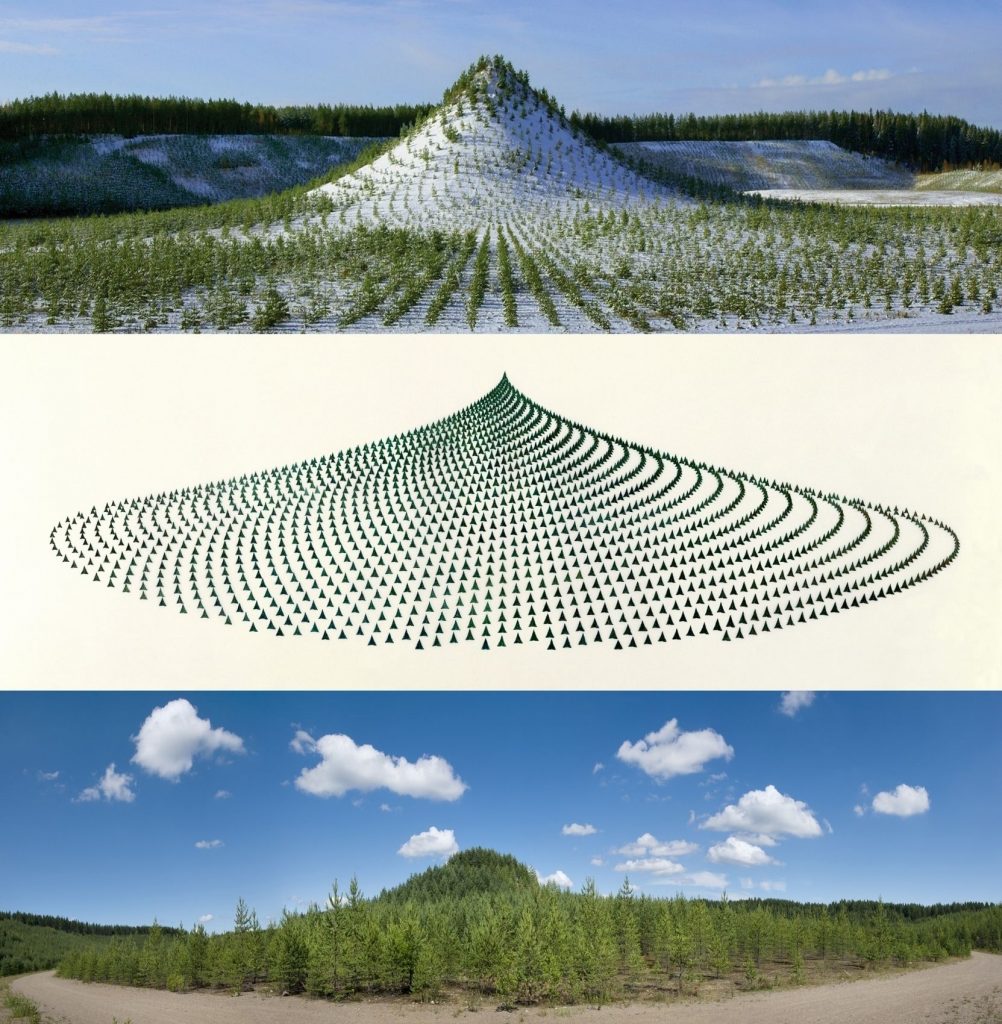Fall 2020 // Week 12 Discussion by Livia Foldes

I loved reading Nicole Starosielski’s powerful vision for a media studies that “refuse[s] boundaries between human and environment”—a field where “all media becomes environmental media, and all media studies becomes environmental media studies.” Starosielski and Devine’s focus on the materials, substrates, and elements of media reminded me of an artwork by Ingrid Burrington. In Alchemy Studies (Links to an external site.), Burrington ground an iPhone down into dust (interesting connections to American Artist’s work here), and then cast that dust into a “resin sphere” that resembles an opaque, glossy crystal ball. In “Sand in the Gears (Links to an external site.),” her accompanying essay in The Creative Independent, Burrington reflects on the labor-intensive process of grinding the iPhone down into a sand-like substance, and reflects on the key role that sand plays in the iPhone’s silicon chips and glass screen. Burrington concludes that “to see the world as its grains of sand, and to remain attentive to the networks and systems of this era often means facing ugly truths”—and changing those truths “requires breaking apart and building something new and unfamiliar from those pieces rather than continuing to build the same structures again and again.”
Burrington’s reflections on temporality, media, and technology also brought to mind Agnes Denes’ “Tree Mountain — A Living Time Capsule— 11,000 Trees, 11,000 People, 400 Years. (Links to an external site.)” Denes’ collaborative and monumental earthwork refigures trees as a communication medium that exist in the temporality of deep time.
And, returning to Devine’s focus on sound, “eco-artist” Aviva Rahmani (Links to an external site.) similarly engages trees as a medium of connection and communication. In Blued Trees Symphony (Links to an external site.), Rahmani works with anti-fracking activists to create a site-specific artwork in the path of a proposed natural gas pipeline. By copyrighting the work, Rahmani attempts an untested legal strategy that “uses free speech and art law to challenge fossil fuel corporations.” The artwork itself conceives of trees slated to be cut down for the pipeline as the symphony’s “soloists” in a symphony that “integrates ambient sound, legal text and classical bel canto with other conventional instrumentation.” Subsequent symphonic “movements” travel to additional sites in the U.S. and around the world. In this multifaceted, collaborative piece (there’s much more at the link than I’ve summarized here!), Rahmani creates a complex media assemblage that embodies Starosielski’s provocation to refuse boundaries between human and environment, and reflects the intertwining of local and global space, natural landscapes, the human voice and body, and the legal system.
- Fall 2020 // Week 12 Discussion by Livia Foldes - January 21, 2021
- Fall 2020 // Week 7 Discussion by Livia Foldes - January 21, 2021





